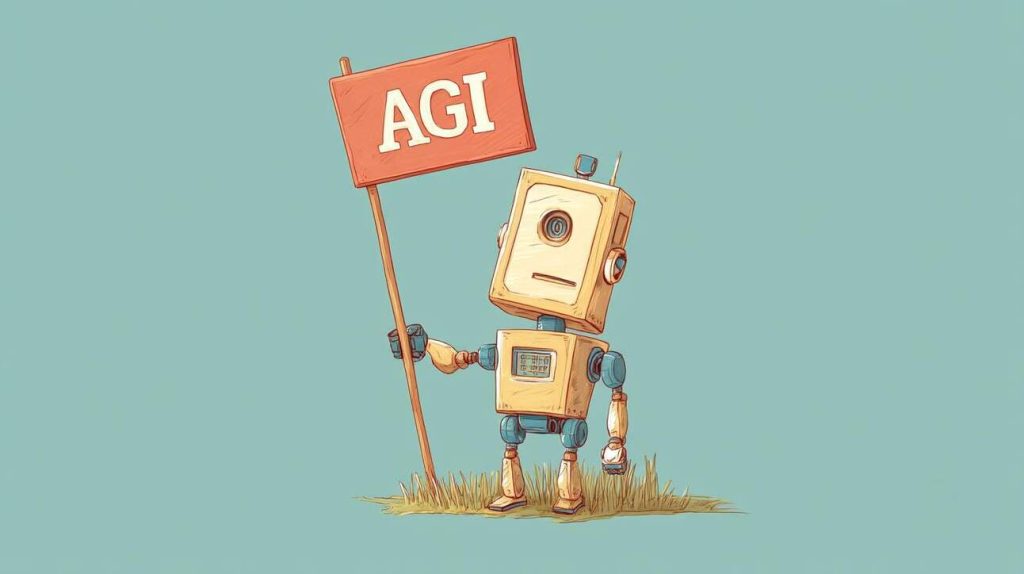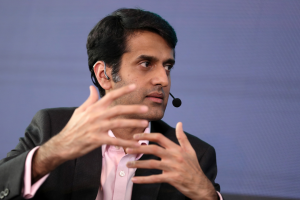AGI: The Ongoing Debate Ignited by o3

Artificial General Intelligence (AGI) has long been the holy grail of the AI world. It promises machines capable of human-like understanding and reasoning. With OpenAI’s o3 making unprecedented strides, the question looms large: Are we closer to AGI than ever before? In this article, we explore where the technology stands today.
The conversation around AGI has heated up due to o3’s recent advancements. As it climbs the intelligence benchmarks, excitement grows. But does that mean we’ve truly reached AGI? Or is there still a long road ahead? Let’s dive into the insights, challenges, and opinions shaping this crucial debate.
The Rise of Gemini 2.5 Flash
Google’s Gemini 2.5 Flash is creating waves in the AI industry. Known for its speed, this new model promises performance close to the leading frontiers at reduced costs. It’s a hybrid reasoning model, offering versatility for different needs. This innovation is widely available for developers in AI Studio and Vertex AI, promising to push boundaries even further.
DeepSeek’s Challenges on the Horizon
DeepSeek, a Chinese startup, is facing serious hurdles. Its last release, R1, unsettled the industry landscape. With R2 on the horizon, competitors are scrambling. OpenAI now requires developer ID checks to safeguard its technology, and the US is considering cutting off DeepSeek’s access to NVIDIA chips. These moves could pose existential threats to its operations.
A cautionary tale for startups, DeepSeek’s story highlights the importance of security and ethical considerations in AI development. The landscape is fiercely competitive and rapidly evolving. Staying ahead requires innovation and adherence to international standards.
Grok’s Enhanced Capabilities
Grok, developed by xAI, has unveiled an exciting new feature. It can now remember past interactions, offering users personalized responses. This makes it a more effective tool for recommendations and advice, adapting to user preferences seamlessly.
Imagine asking Grok for workout suggestions. If you’ve mentioned gym habits before, it curates expert-level plans just for you. This marks a step towards more intuitive AI usage.
However, user privacy remains a concern. Grok allows users to choose what it remembers, balancing personalization with privacy. It’s a forward-thinking approach in AI development.
o3 and the AGI Debate
OpenAI’s o3 has put a spotlight on the AGI conversation. Capable of utilizing tools, it’s topping intelligence benchmarks across various domains. But is this AGI? Opinions differ widely among experts.
Economists and model trainers see o3 as a game-changer, potentially marking the dawn of AGI. Some, like Tyler Cowen, claim it surpasses human capability in numerous areas.
Yet, critics argue o3 isn’t flawless. It struggles with basic prompts, suggesting we haven’t reached true AGI. The journey to AGI might not be sudden, but a gradual realization as evidence builds.
The Role of Ethics and Compliance
As AI progresses, ethical and regulatory frameworks play a crucial role. Companies must ensure that advancements align with societal values. This includes preventing misuse and ensuring fairness and transparency.
For instance, developers must navigate privacy concerns adeptly. This helps in fostering trust in AI technology.
Regulators worldwide observe this space closely, ensuring that innovators uphold ethical principles. The balance between innovation and regulation is delicate yet essential.
Technological Synergies and Integration
Integration with other technologies boosts AI capabilities. The synergy between AI and cloud computing, for instance, enhances data processing and storage, leading to improved performance.
AI’s interaction with IoT devices shows potential for smarter environments, from homes to industries. These integrations pave the way for a more connected, intelligent world.
However, seamless integration requires addressing interoperability challenges. Developers must ensure that systems work harmoniously.
AI in Daily Life
AI continues to permeate daily life, shaping everything from personal assistants to predictive algorithms. This influence grows as technology becomes more advanced and accessible.
From automating mundane tasks to enhancing decision-making processes, AI plays a pivotal role. It has changed how industries operate, offering new possibilities in various sectors.
Public perceptions evolve with these changes, leading to increasing acceptance and reliance on AI innovations.
Future Prospects and Predictions
What does the future hold for AGI and AI? Experts predict continued growth and deeper integration into everyday life. The path to AGI may be gradual, but the signs point to its eventual arrival.
As AI evolves, industries must adapt quickly to harness its full potential. This requires ongoing learning and flexibility.
Researchers continue to push boundaries, and these efforts promise to bring even more groundbreaking advancements.
Harnessing AI for a Better Tomorrow
AI offers immense potential to solve global challenges, from climate change to healthcare. Its ability to process vast data sets can lead to breakthrough solutions and innovations.
Aided by AI, we can strive for a sustainable future, addressing issues that seem insurmountable today.
However, mindful development and ethical implications must guide this journey. AI must be a force for good, enhancing human life while preserving ethical integrity.
The journey towards AGI continues to intrigue and inspire. While questions remain, each technological breakthrough brings us closer to understanding the possibilities. In this rapidly evolving landscape, the balance between innovation and ethics will define our path forward.





